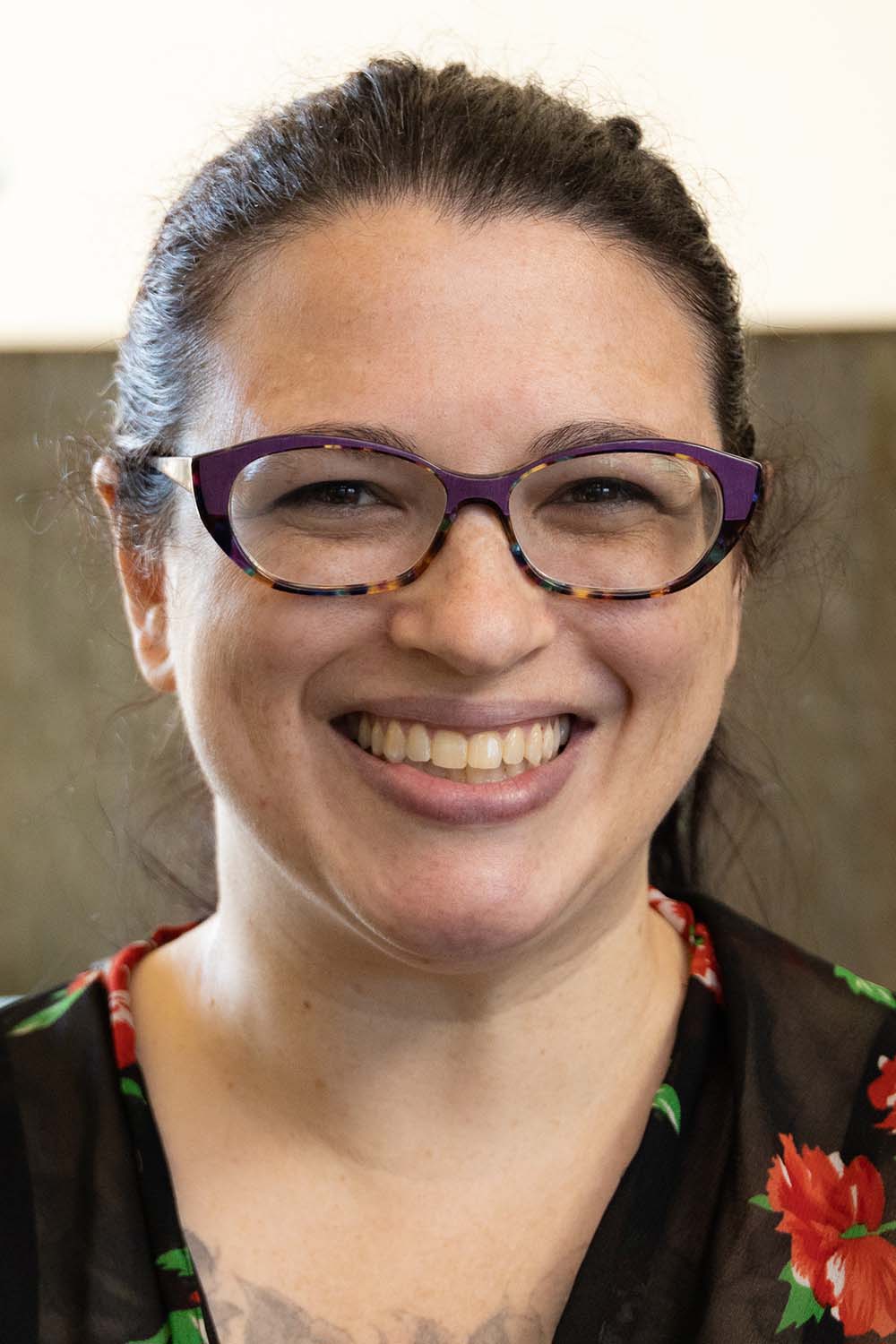Erin was born in a small town in Montana and moved to southern California when she was 2 or 3 years old. Erin’s family moved around a great deal before finally settling in Desert Hot Springs, CA. where she attended Palm Springs High School. After graduation, Erin attended UCLA, where she majored in history and English Literature and accelerated her classes and was able to graduate in three years. At the time, She was not quite sure what she wanted to do with her life. She began thinking about becoming a teacher her second year of college. Then, when thinking about going to grad school, she sent a note to one of her professors to ask for a letter of recommendation. He asked her what she wanted to study in grad school and what did she want to do with her life. When she told him she wanted to become a teacher, he said, “If you are going to be a high school teacher, I will not write it.”
During her time at UCLA, Erin stayed in touch with a couple of her high school teachers. One, particularly, had been her mentor since she was 14 years old. She took four years of Latin from her and they became very close. The other teacher was a former Irish nun, who was the English department chairman and also a sex therapist. When Erin mentioned her former professor’s refusal to write a recommendation, they both told her Palm Springs High School needed an English teacher and asked if she might be interested. Erin was concerned, because she had not yet even entered a teaching credential program, had not done student teaching and was afraid she could not to the job. Her former teachers convinced her she could do it and ensured her she would have all their support necessary to succeed.
Regardless of her concerns, she could not say no, was hired and was able to get an emergency credential. For Erin, this was both the worst and best decision she ever made in her life. She was so young, had absolutely no classroom experience, and had no idea about how to set boundaries or expectations for her students. Naturally, until she got her feet beneath her, the students took advantage of her many weaknesses. Early on she made a lot of terrible mistakes. Eventually, with all the support she was offered, she grew to love it and developed her own philosophy and approach to teaching teenagers that continues to worked well for her during her 25 years of teaching. Erin was able to get her California Single Subject Teaching credential and her Masters Degree in English Literature from Cal State San Bernardino.
Since Erin began teaching at Palm Springs High School, every year has been better than the last. Her former teachers showed her how students actually crave intellectual challenges and how the best teachers push students to be better, encourage students to question and to be curious about learning and that students are best served when they learn to think critically, are able to analyze information and form their own opinions. From her former high school theater teacher, she learned teaching is a performance and, as a teacher, she needed to learn how to bring her students to the stage with her.
Consequently, Erin developed a consistent approach to her teaching that has been relatively consistent. First, she has learned, while most teenagers appear similar, each is very different from the others. This has become a key component of her teaching. She makes every effort to find out as much as she can about each student, so she can meet his or her needs, which she does early in the school year, so she can plan her strategies accordingly. She sees every one of her students as potential college students, regardless of what she is teaching at the time. Her students say she challenge their intellect. She assigns reading and writing assignments that are of a higher level than they are used to. She chooses materials for them to read and gives them assignments related to those materials that require them to navigate and question their personal world. She wants them to understand and process humanity through literature, determine how they might fit into the theme of the novel or play or find the similarities and differences between them and the characters in the books or plays. She forces them to think beyond the experiences of their young adult lives and to consider how these thoughts, ideas and experiences might apply to their futures. Erin wants her students to have goals they are always working toward and lets them all know she will be there for them to ensure their success. To Erin, the social-emotional side of learning is critical to their success.
Palm Springs High School and the community has a high number of poor, homeless and foster kids, who have little hope, or stability at home and Erin was one of them. She lived the same life her students are living. Consequently, she sees herself as having to be a positive role model for them. Her goal is to offer each of them consistency, stability and reliability. She is in her classroom before school, at lunch and after school to offer academic and personal assistance. She has learned over and over that teaching is so much more than being an expert in your subject matter. She found early on that she had to be both a counselor and therapist. She had to learn to listen without surprise or judgement and that this has been the key to making students feel comfortable speaking with her about issues they face in their lives. Erin says, “When I hear some of the stories of my student’s lives, I am so impressed by the strength of their resilience. So many of them find school to be the only place where they can feel safe and protected. Some come to school hungry and tired, so I have a cabinet filled with snacks like energy bars or soups to microwave or juices to give them a boost. I have to restock my shelves at least once a week. On another level, the diversity of my classes reflects a wide variety of life and cultural experiences. Some of their cultural backgrounds allow for a perspective that might be quite different from another in the class. And this, in and of itself, allows for even further understanding of how we share common experiences and how similar threads run through us all regardless of color, religion or economic standing.”
In whatever class she teaches, she pushes her student towards toward mastery. She creates assignments that require some form of self-reflection from both the students and herself. She says, “This approach allows me to refine and improve my instruction each semester and challenges me to be more creative so I can offer students more interesting and relevant options for learning. Each successive year of my career has been better than the last and I have discovered I seriously love my job and I am happiest with myself in the classroom. Teaching is my passion and I do not wish to ever leave the classroom. More clearly than ever, I understand my purpose so much better. The work I have been doing in understanding personal bias and equity in schools has taught me a great deal about myself, even though I always believed there was not a prejudiced bone in my body, and particularly because I am married to a black man. If we are honest with ourselves, we must realize, somewhere in the depths of our souls lies some bias. I have learned to face what I have seen and try every day to address and subdue these biases so I can create better human connections with my students and offer them better life opportunities, whatever those might be.”
-Published 2021


